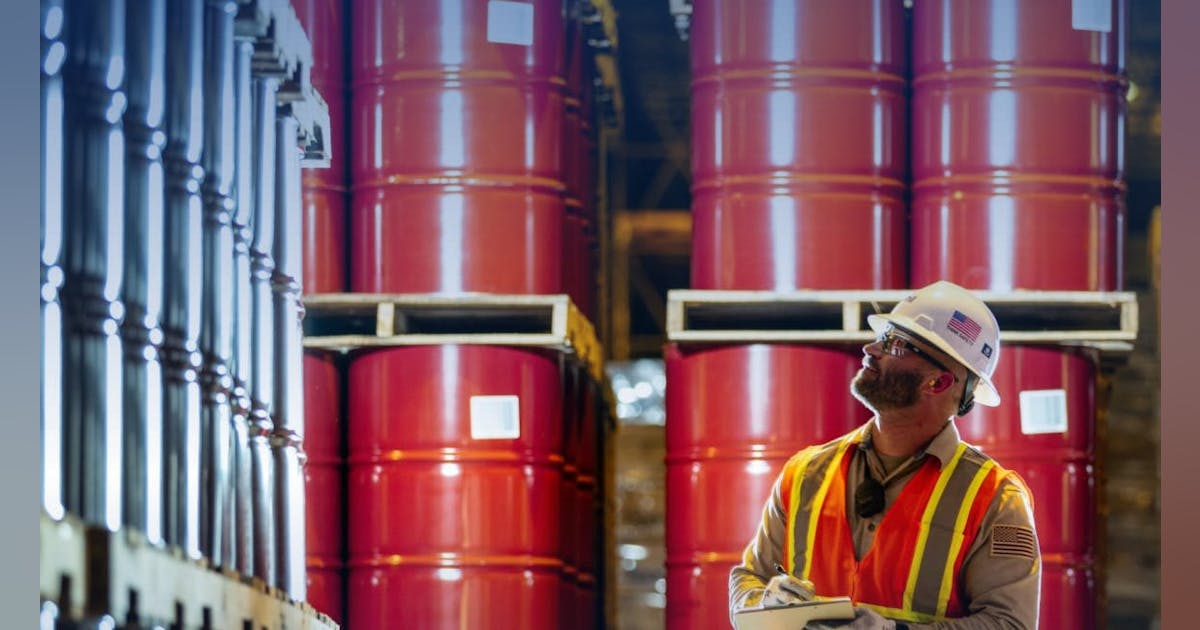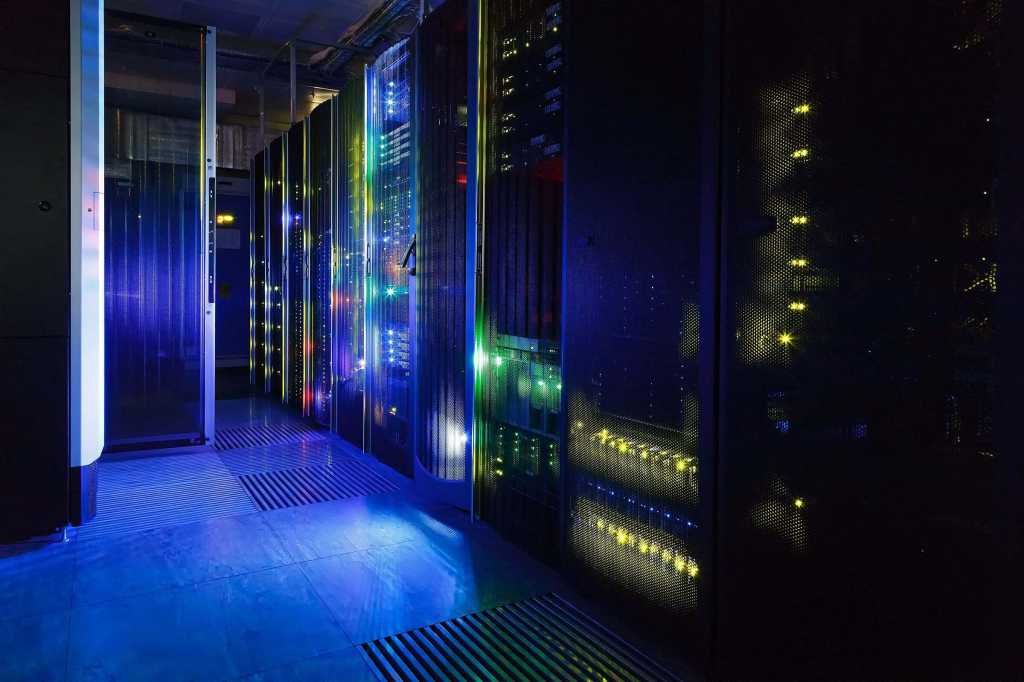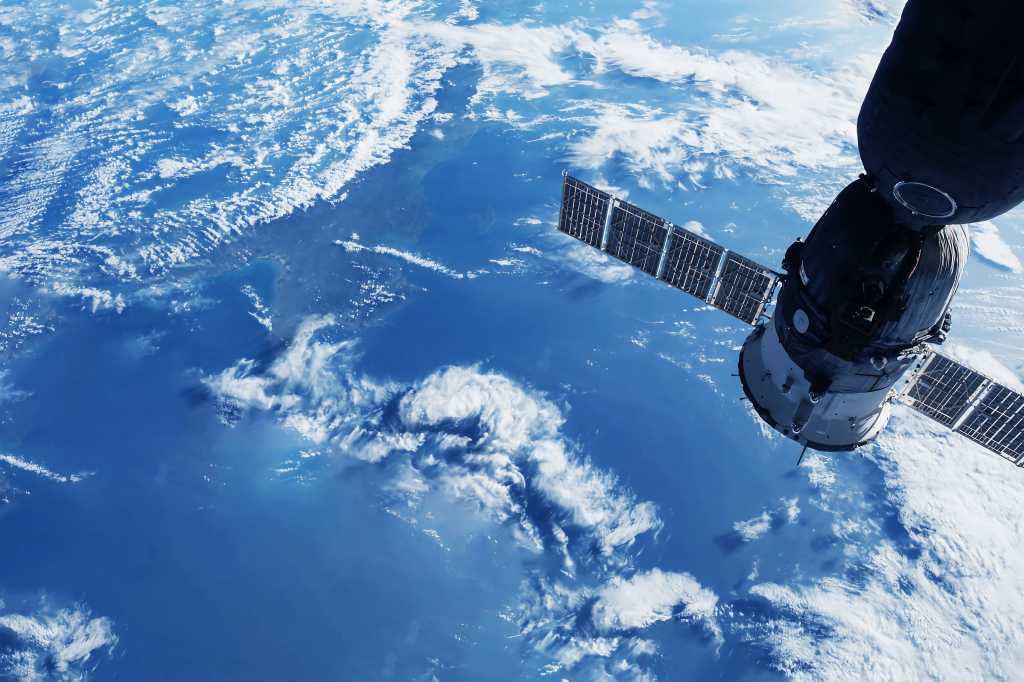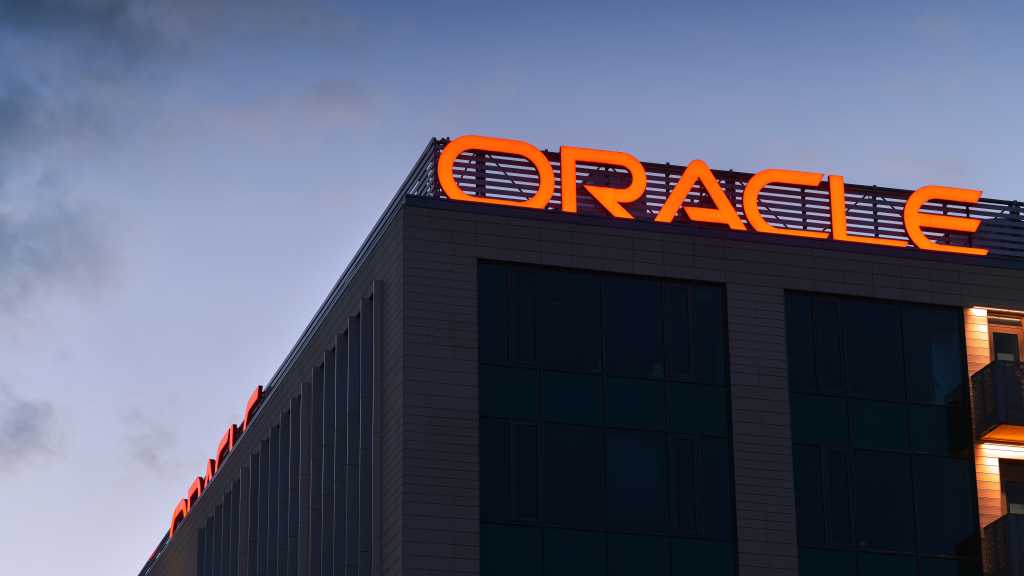
The White House permanently closed 625 million acres of federal waters to oil and gas leasing Jan. 6, saying the environmental risks of drilling in these areas outweigh their limited fossil fuel resource potential.
President Joe Biden used his authority under Section 12(a) of the Outer Continental Shelf Lands Act, (OCS Lands Act) to block all new oil and gas leasing in US Outer Continental Shelf (OCS) areas off the East and West coasts, the eastern Gulf of Mexico, and additional portions of the Northern Bering Sea in Alaska.
Biden’s move may hamper President-elect Donald Trump’s drive to quickly boost US fossil fuel production. By using the OCS Lands Act instead of an executive order, Trump cannot simply reverse the decision. Instead, Congress may have to reverse the order.
Congressional Republicans could include a provision reinstating some or all the offshore areas in any filibuster-proof budget reconciliation bills, ClearView Energy Partners Kevin Book told Axios in an email.
Biden’s actions protect from leasing about 334 million acres of the US Atlantic – from Canada to the southern tip of Florida – and the Eastern Gulf of Mexico, where no active oil and gas development currently exists. They also close nearly 250 million acres of federal waters in the Pacific Coast from Washington state to California to protect sea life. The administration withdrew the Northern Bering Sea Climate Resilience Area, consisting of 44 million acres in far northwest Alaska, from fossil fuel leasing. The White House said the withdrawals have no expiration date.
With the withdrawals, the Biden administration has closed more than 670 million acres of US lands, waters, and ocean to oil and gas drilling – more than any president in history.
“As the climate crisis continues to threaten communities across the country and we are transitioning to a clean energy economy, now is the time to protect these coasts for our children and grandchildren,” Biden said in a statement.
Industry blasted the move, even though it has shown little or no interest in leasing in the areas.
“Even if there’s no immediate interest in some areas, it’s crucial for the federal government to maintain the flexibility to adapt its energy policy, especially in response to unexpected global changes like the Russian invasion of Ukraine,” said National Oceans Industries Association President Erik Milito. “Blanket bans only serve to transfer energy production and economic opportunities abroad, inadvertently bolstering countries like Russia at the expense of US interests.”
API President Mike Sommers called the move “a strategic error” that ignores American consumers and “jeopardizes the vast benefits tied to a thriving domestic energy sector.”
Sommers said Congress should make reversing “this politically-motivated decision” a priority. Both NOIA and API have urged the incoming Trump administration to draft a new 5-year offshore leasing program.
The Biden administration said the US produced record amounts of oil production in 2024 is at an all-time high.
According to the US Energy Information Administration, the US OCS produced about 675 million bbl of oil and 796 bcf of gas, accounting for roughly 14% of all oil production and 2% of natural gas production in the US. Nearly all of this production is in the Western and Central Gulf of Mexico, where industry has yet to produce on more than 80% of the 12 million acres already under lease.























